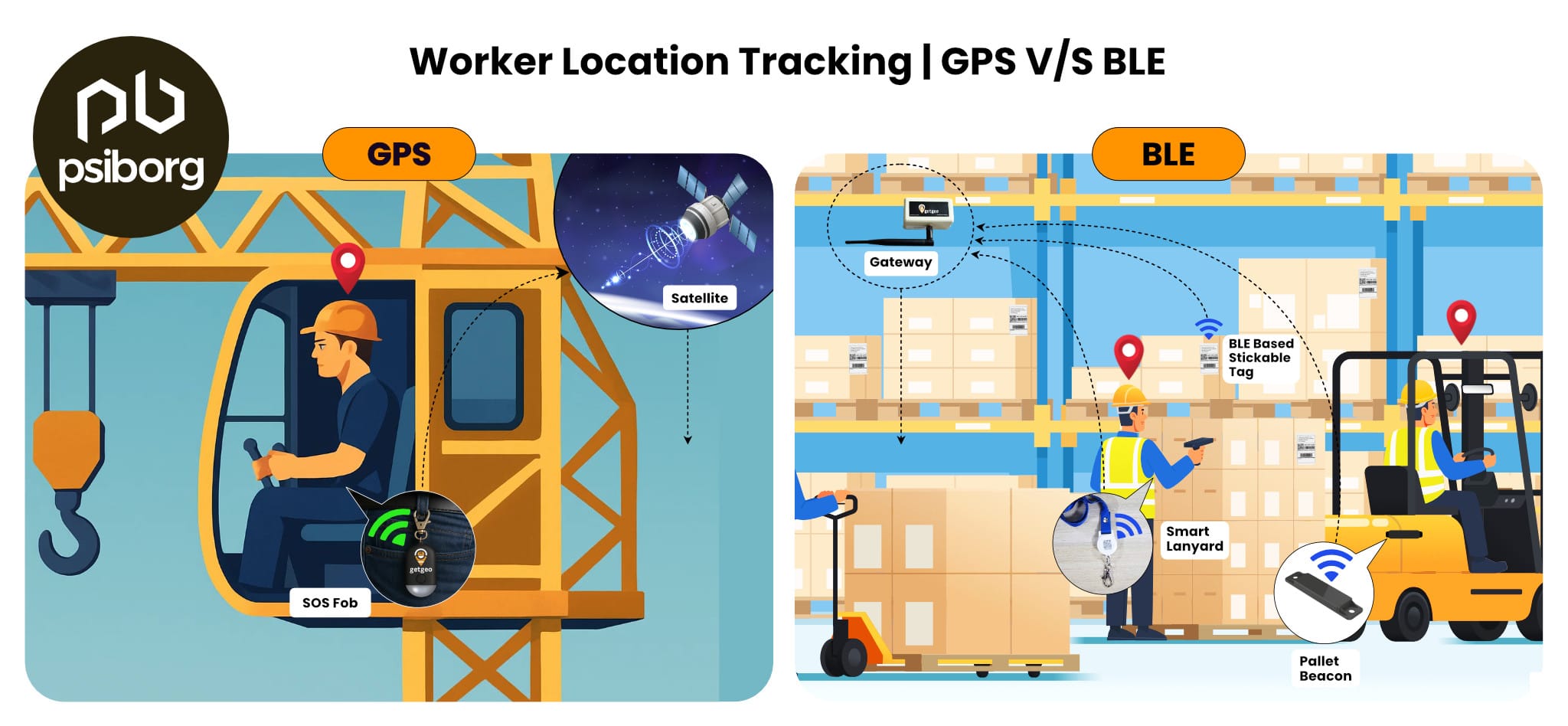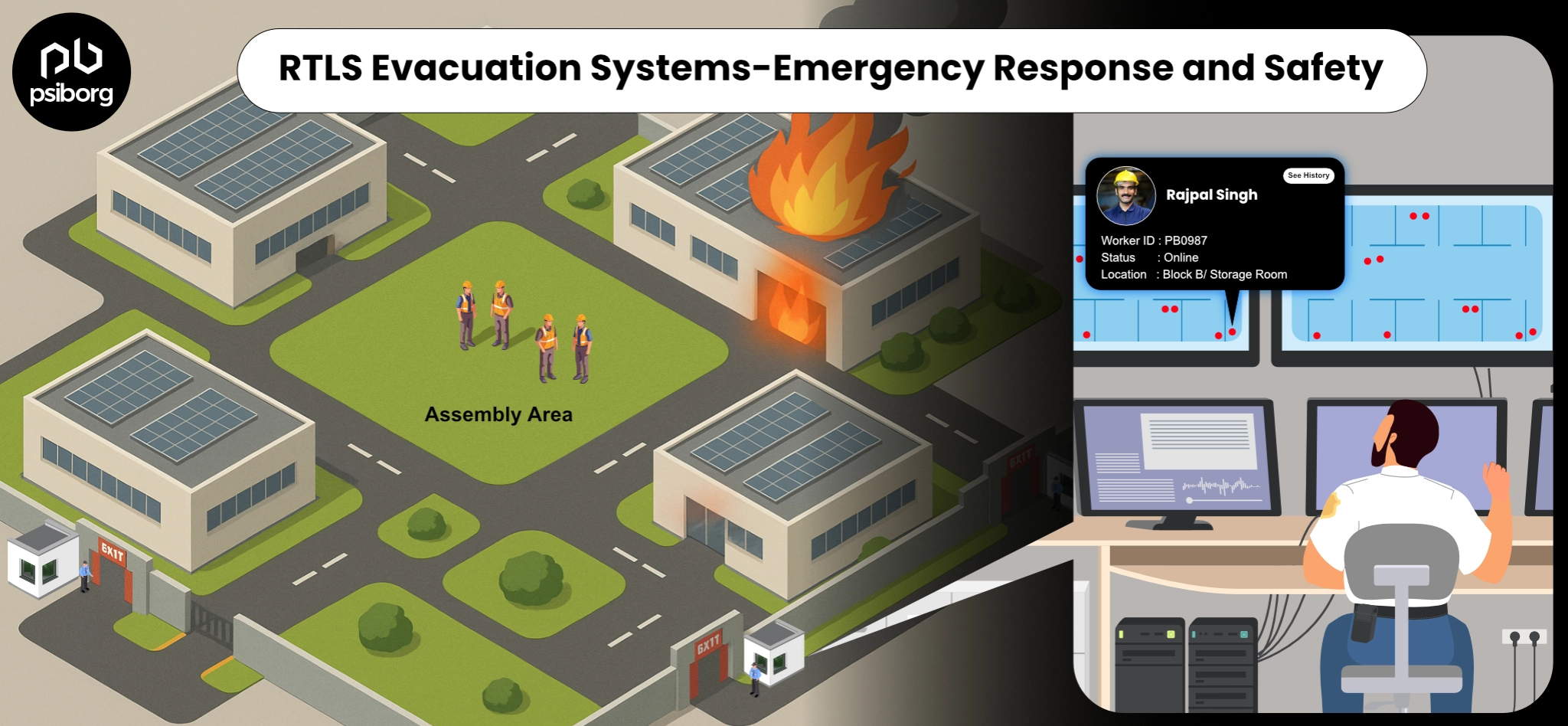IoT Gateway and IoT platforms are totally different from each other. IoT gateway is a programmed hardware device at the edge of sensor network whereas an IoT Platform is a cloud based software used for device management, storage and analysis.
IOT PLATFORM AND IOT GATEWAY-HOW THEY WORK TOGETHER?
A multi-layer technology that is used to manage and automate connected devices is known as the IoT platform. IoT platform is cloud software that connects to the sensors, gateways, end-user applications, or any other physical thing that has a network connectivity
IoT platforms provide visualization to the data, device management and analytics over the obtained data. They serve as a middleware between the edge devices like IoT gateway and user interfaces.
It basically connects your hardware i.e. embedded devices or IoT gateways,to the cloud by using flexible connectivity options, enterprise-grade security mechanisms, and broad data processing powers.
WHY IOT PLATFORM IS USED?
For developers, an IoT platform provides a set of ready-to-use features that greatly speed up the development of applications for connected devices as well as take care of cross-device compatibility
Moreover, IoT platforms provide data security involving encryption, comprehensive identity management, end-to-end data flow encryption, device authentication, user access rights management, and private cloud infrastructure for sensitive data to avoid potentially compromising breaches.
Google, Amazon, Microsoft Azure, IBM, and many other giants provide their IoT platforms and have their custom pricing Policies.
These Platforms let the devices connect directly to the cloud using MQTT or HTTP.These platforms handle device onboarding, security, data routing, storage, and rule-based actions — all made possible via IoT data protocols such as MQTT , HTTP.In this era of digital transformation, many businesses are benefitting from IoT Platforms.
IS IOT DASHBOARD SAME AS IOT PLATFORM?
IoT platforms and IoT dashboards are different as IoT dashboard is one of the services provided by IoT Platforms. As opposed to an IoT Dashboard, an IoT platform is a group of technologies that provide the building blocks for developing an IoT product. The ultimate goal of an IoT Platform is to provide all the generic functionalities to expedite market entry. Although , it comes with its own cost.
Also Read – IoT App Development platforms
WHAT IS AN IOT GATEWAY?
An IoT gateway (also known as a smart gateway) is a hardware device with a script running on it or an individual software program that serves as a mediator between the cloud and physical sensors, computing devices, and control systems. The data flow is mainly towards the cloud but can also be to and fro in cases where actuation is required. Sensors may generate thousands of data points per second. An edge connects an internal local area network, which is a network of sensor nodes or IoT devices, with the Internet.
The working of IoT gateway includes fetching data from the widely spread sensor nodes . The data is collected and processed on IoT gateway , before being transferred to the cloud. Main Features of IoT gateway are:-
1.Communication with the Cloud
2.Support multiple communication Protocols
3.Local storage and visualization
4.Secure transmission
WHAT IS EDGE COMPUTING IN IOT?
A gateway facilitates to pre-process of the data locally at the edge before sending it on to the cloud. The computation of sensor data at the IoT gateway is known as edge computing. This means data is pre processed at the edge hardware. When data is aggregated, summarized, and analyzed at the edge, it minimizes the volume of data that needs to be forwarded on to the cloud, which can have a big impact on response time.

UNDERSTANDING IOT EDGE GATEWAYS
The sensor nodes in a local area are connected with connectivity protocols like LoRa, Sigfox, Zigbee, etc and all the data of node devices is collected at the gateway. IoT gateways can depend on Ethernet, WiFi, or on cellular technology like GSM, LTE, NBIoT, or LTE-M for their network connectivity to send data further to the cloud.
IoT gateways use protocols such as MQTT, HTTP etc to send data to the cloud. MQTT in IoT devices has many benefits over other data protocols.
The gateways are mostly based on microprocessor which adds to modulation and modification of the functioning, speed, and computing capability.
Securing the IoT gateway is critical because it’s the middle layer between your devices and the cloud — if it’s compromised, your entire network can be exposed.
Keeping in mind the following points , secures data at IoT gateway
1- Secure boot
2- TLS/SSL encryption
3- key based Authentication
4- Disable unused ports
5- Tamper detection

A BRIEF ABOUT WHAT WE DO AT PSIBORG:
We, at PsiBorg – a full-stack IoT product development company, are specialized in hardware development, wired and wireless connectivity protocols, security, device management, optimized computing at the edge, and complete software for IoT endpoints and gateways. If you are looking to develop a customised IoT gateway for your devices , or a Customised IoT dashboard , then contact PsiBorg for quick quotation.
We are focused on designing and developing a range of smart products for industrial IoT with deep insights and end-user inputs.
FAQs
An IoT gateway is basically a small device that does the job of connecting your machines and sensors to the internet. It is designed to collect data from the machines & sensors and send it to the cloud. Sometimes, it also filters out the data before sending. You can think of it as a bridge between the devices and the cloud.
In simple terms, an IoT gateway is actually hardware that sits near your devices and collects data. On the other hand, an IoT platform is software in the cloud that stores and manages the collected data. The gateway collects and sends the data while the platform helps in making use of it.
It’s edge computing that lets devices process data near the place it comes from so that not everything is sent to the cloud. It helps make things faster and comes in really handy when you need to take some quick actions. IoT gateway lets you visualise data even if there is no internet.
An IoT gateway is like a middle helper that connects to several sensor devices using low power wide area network protocols such as LoRa, BLE , Zigbee etc.. It then collects all the data from these devices and sends it to the cloud using protocols like MQTT or HTTP. Occasionally, it also organizes the data first before sending and thus, keeps everything connected and running smoothly.
It’s suggested to look for a platform that connects with your devices easily and keeps your data safe. See if it offers features like data storage, control options and ease of setting up. You must also ensure that it fits your budget and supports your business goals.





